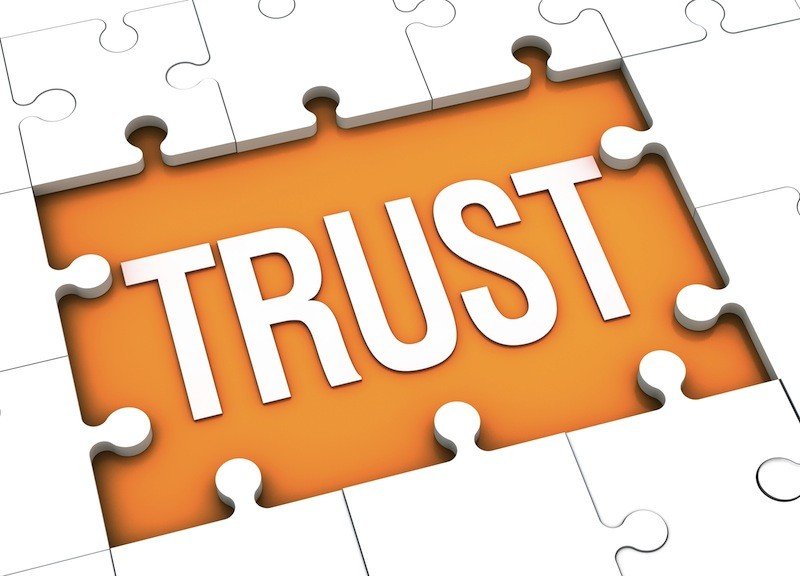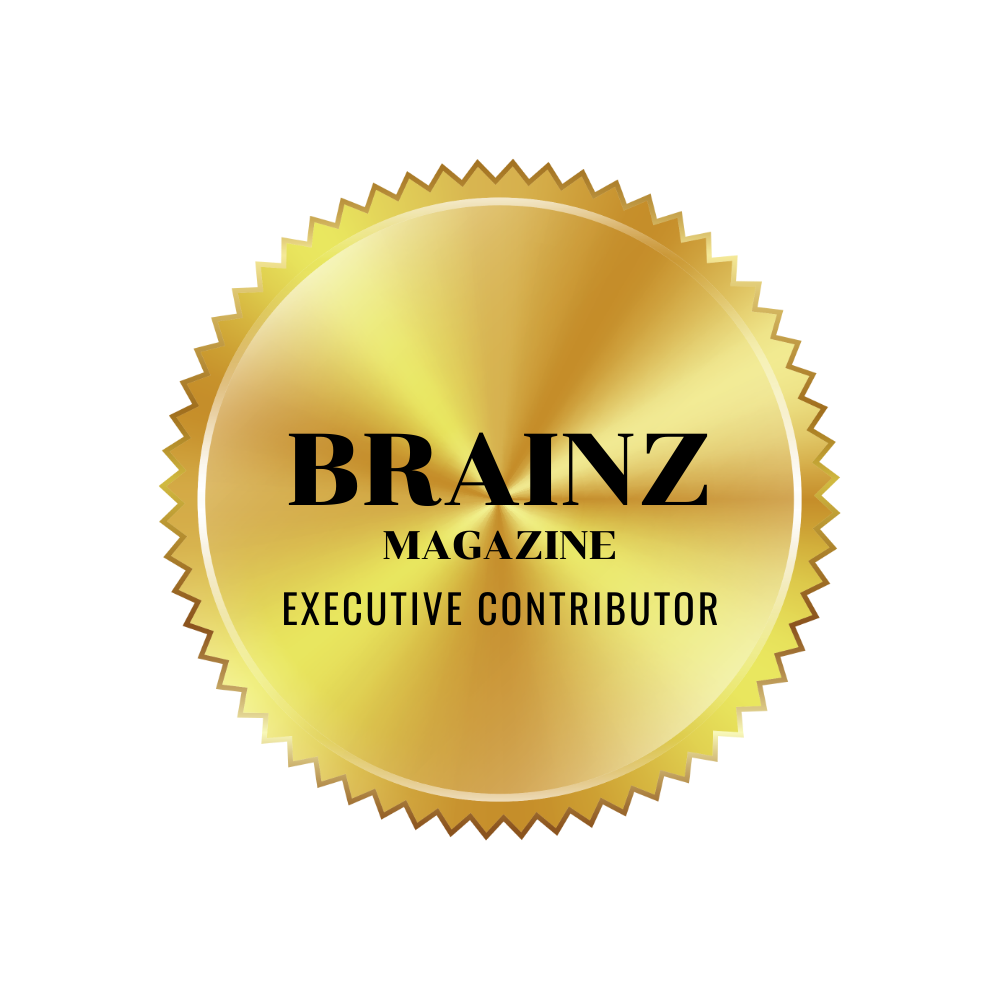When we hear a team member say of another team in the company “We can’t trust them with that” or a manager say to a team member “I don’t trust you with this task” we are hearing the word ‘trust’ used in a very explicit way. Yet trust (and distrust) shows up more often in invisible ways:
- A team member is given extra responsibility.
- A reorganisation moves some teams into more critical positions.
- Customers stop buying a particular product…
When we have a suspicion that trust has fallen, we may open up some conversations or make some enquiries but the dynamics of trust remain grey and cloudy. Within Talent Dynamics, the invisible becomes visible by recognising trust as having five distinct aspects. These aspects are all measurable and allow us to see where any individual, team and company are most trusted and least trusted. When we know this within a team, we can transform results rapidly by aligning activities to those we trust most in them and build the team to support each member where trust is lowest.
Here are the five aspects of trust:
Innovation
This is the degree to which your team trusts that you can be consistently relied on to come up with creative solutions and plans. Dynamo frequency profiles naturally create the most trust in this area.
Communication
This is the degree to which your team trusts that you can be consistently relied on to share information and listen effectively. Blaze
frequency profiles naturally create the most trust in this area.
Service
This is the degree to which your team trusts that you can be consistently relied on to look after customers and team members.
Tempo frequency profiles naturally create the most trust in this area.
Measurement
This is the degree to which your team trusts that you can be consistently relied on to measure and refine your own performance.
Steel frequency profiles naturally create the most trust in this area.
Spirit
This is the degree to which your team trusts that you can be consistently relied on to remain resilient and positive. Those who build
this on their path through their leadership naturally create the most trust in this area.
When we stop trusting a team member or an entire team to deliver in a particular area, we often let the factor in which we are not trusting them to overshadow any areas in which we do trust them and so throw out their strength with their weakness.
By assessing all five areas, we can quickly become aware of where we have hidden, unutilized talent just waiting to be unlocked.
We are excited that Stephen R. Covey will be the keynote speaker at the Talent Dynamics Trust Conference next year.
Want to discover your frequency. Take the Talent Dynamics Test here.

Julia Felton (aka The Business Wrangler) is the founder of Business HorsePower. Business leaders, entrepreneurs and executives hire her to accelerate their business performance by harnessing the energy of their people to work more collaboratively together. By aligning purpose with actions the team achieves exponential results as everyone starts pulling in the same direction.
Julia believes that business is a force for good and through designing purpose-driven businesses that leverage the laws of nature, and the herd, you can create businesses founded on the principles of connection, collaboration and community that make a significant impact in the world.






